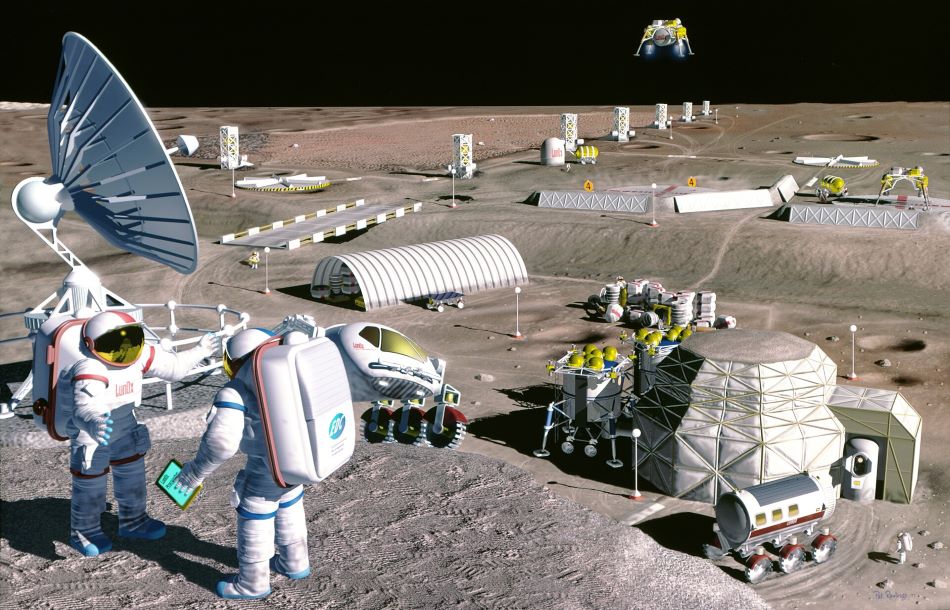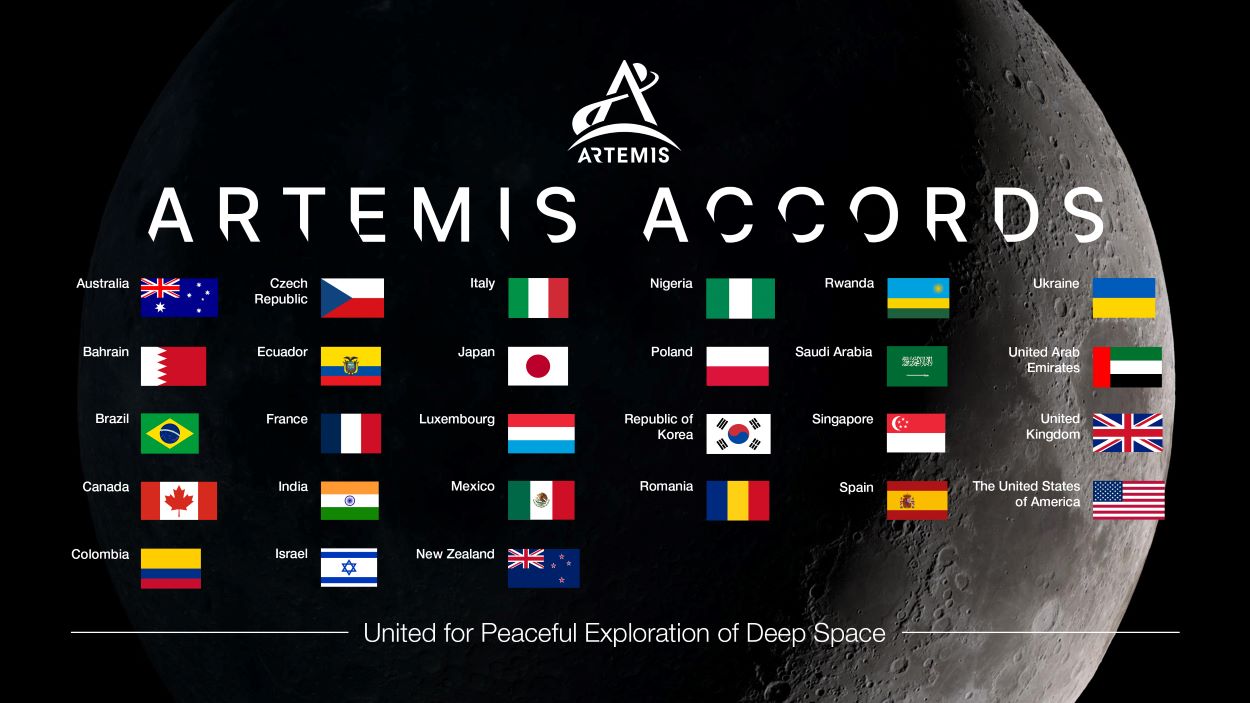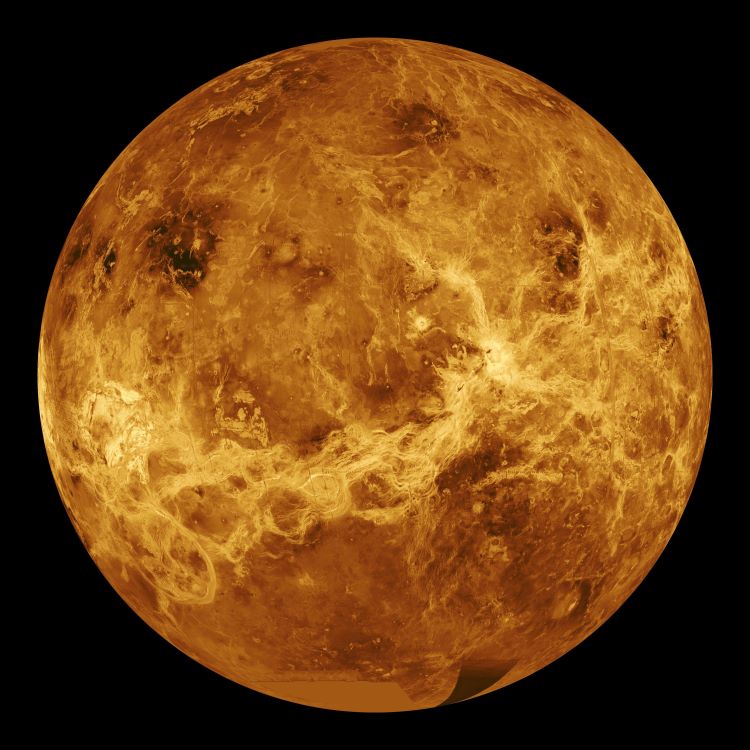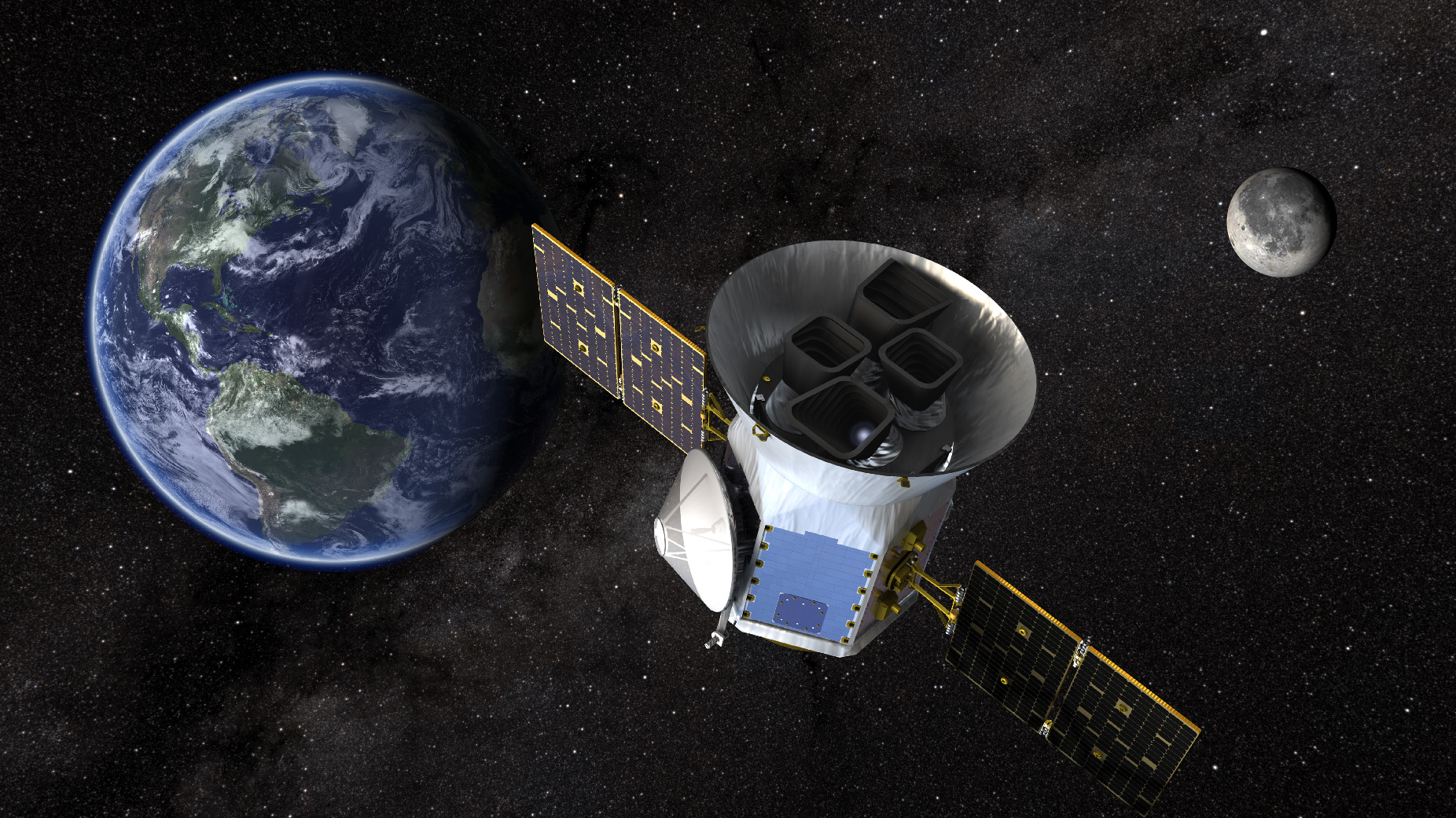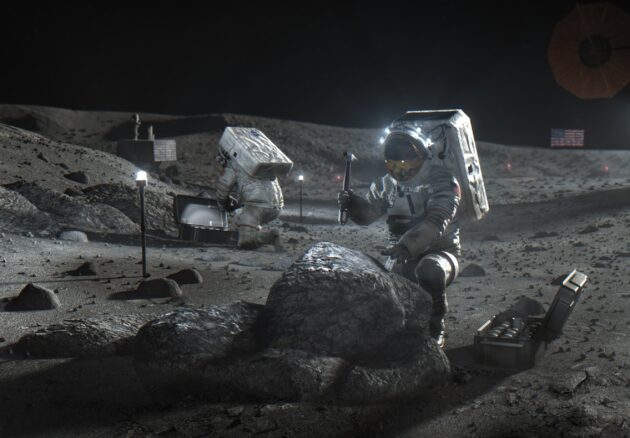The surface exploration of Saturn’s largest moon, Titan, just got one step closer to reality as NASA’s much-anticipated Dragonfly mission recently received approval from the powers that be to advance to Phase C, which is designated as Final Design and Fabrication, according to NASA’s Systems Engineering Handbook. This comes after the Dragonfly team successfully completed all the requirements for Phase B in March 2023, also known as the Preliminary Design Review or Preliminary Design and Technology Completion in the NASA Systems Engineering Handbook.
Continue reading “Titan Dragonfly is Go!…. for Phase C”Titan Dragonfly is Go!…. for Phase C



